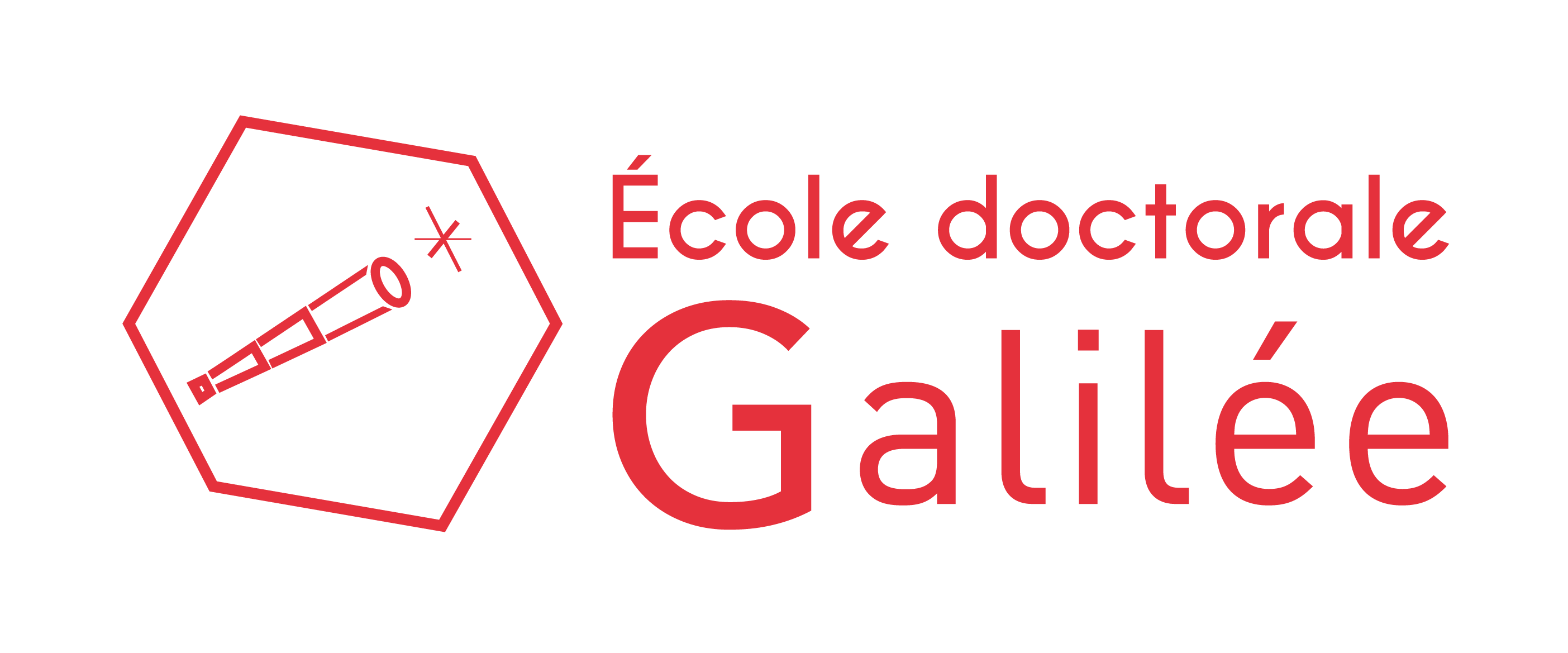
Représentations des petites catégories semi-additives en l’absence de foncteurs polynomiaux non constants.
Une catégorie semi-additive est une catégorie munie de produits finis et de coproduits finis qui coïncident, on peut donc munir l’ensemble des morphismes d’une structure de monoïde commutatif. Un exemple de catégorie semi-additive qui n’est pas additive est la catégorie des correspondances. Le but est d’étudier la catégorie des foncteurs depuis une catégorie semi-additive essentiellement petite vers la catégorie des espaces vectoriels sur un corps commutatif quelconque lorsqu’elle ne possède pas de foncteurs polynomiaux non constants. L’objectif étant en particulier de généraliser des résultats obtenus par S. Bouc, J. Thévenaz qui ont étudié la catégorie des foncteurs depuis la catégorie des correspondances vers une catégorie de modules, et T. Gaujal qui lui s’est intéressé à la catégorie des foncteurs depuis une source additive vers une catégorie d’espaces vectoriels, notamment en étendant des outils introduits par Gaujal inspiré de la restriction parabolique en théorie des représentations des groupes linéaires.
Representations of small semi-additive categories in the absence of non-constant polynomial functors.
A semi-additive category is a category with finite products and finite coproducts which coincide, so the set of morphisms can be endowed with a structure of commutative monoid. An example of a semi-additive category that is not additive is the category of correspondences. The aim is to study the category of functors from an essentially small semi-additive category to the category of vector spaces over any commutative field when it has no non-constant polynomial functors. In particular, the aim is to generalise results obtained by S. Bouc and J. Thévenaz, who studied the category of functors from the category of correspondences to a category of modules, and T. Gaujal, who was interested in the category of functors from an additive source to a category of vector spaces, in particular by extending tools introduced by Gaujal inspired by the parabolic restriction in the theory of representations of linear groups.

